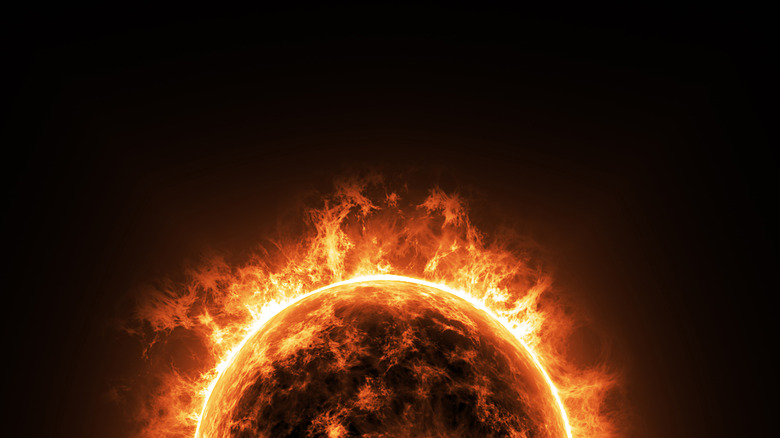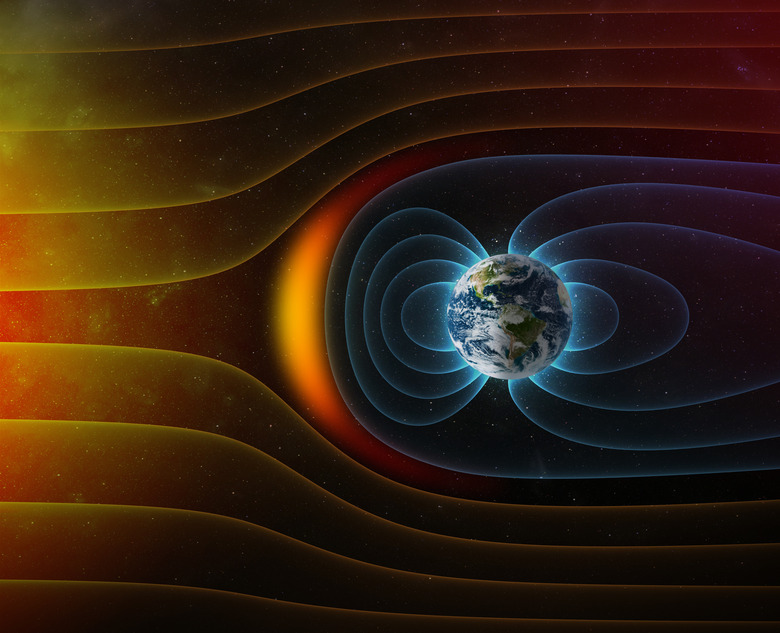NASA Says Solar Flares Are About To Get A Lot Worse - Here's What That Means
NASA says that Solar Cycle 25 is already exceeding predictions. As a result, the space agency says that solar flares will increase over the next few years. And that it could cause some problems for Earth throughout 2025.
Solar flares will increase throughout 2025
Of course, it isn't all that surprising to learn that solar flares will increase over the coming years. In fact, the Sun has been slowly increasing the rate at which it expels energy and solar material over the past several months. And that's all without the solar flare reaching the peak of its 11-year cycle.
In fact, the Sun isn't expected to meet the "solar maximum" until sometime in 2025. So, until that happens, we should expect our star's energy output to continue. But what exactly does that mean for us on Earth? Well, for starters, it means we can look forward to more natural phenomena like aurora borealis.
Aurora borealis is often associated with solar flare increases because the solar material collides with our planet's magnetic atmosphere. When this happens, the sparkling light effect in the sky is created. But, there are also negative attributes to solar activity.
Intense solar flares and coronal mass ejections can lead to geomagnetic storms on Earth. And NASA doesn't see these solar flares improving in the coming years.
The threat from eruptions on the Sun
Every solar flare that erupts and every bit of material the Sun ejects towards our planet is a possible geomagnetic event. These events usually become more active and probable when our Sun is at the peak of its natural 11-year cycle. The Sun shifts from relatively calm to chaotic and stormy during this cycle. Sunspots appear all over the star's surface, and often they erupt.
As the Sun moves towards the solar maximum, those solar flares increase, as do the changes of geomagnetic storms. These storms can cause several issues with GPS navigation systems, satellites, and even spacecraft. We've recently seen old space rocket debris come crashing down to Earth because solar activity caused its orbit to shift and drop out faster.
This can become exceptionally dangerous, as uncontrolled space debris poses dangers to human and animal life on the planet. Of course, NASA and other organizations are continually monitoring the Sun for increased solar flare activity. And, when a solar eruption threatens Earth, there are often warnings about the incoming event.
All that remains to be seen now is just how tumultuous the Sun will be over the next couple of years. And just how much the solar flare output will increase.


